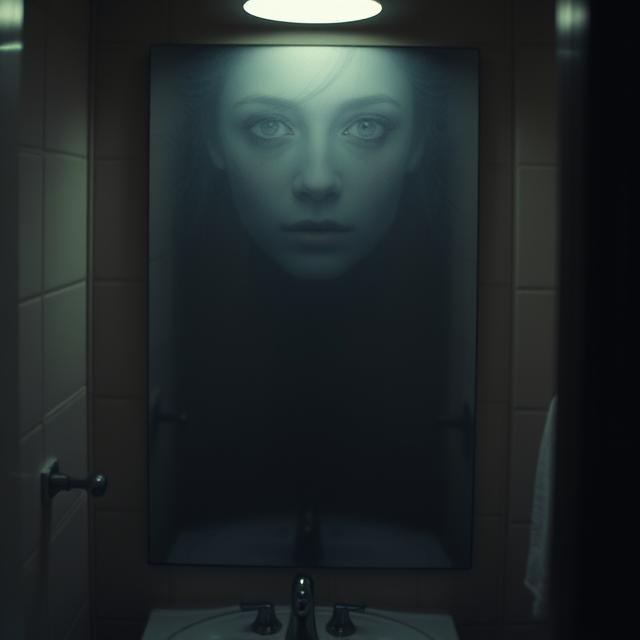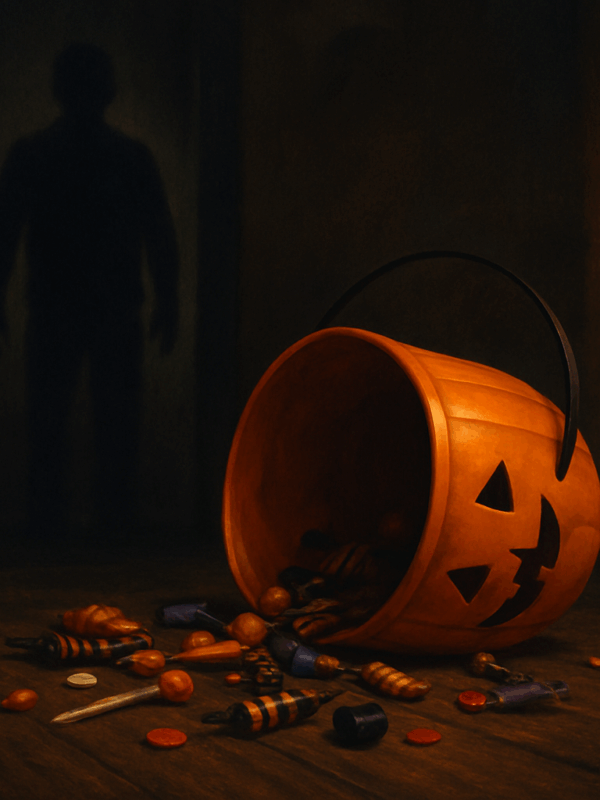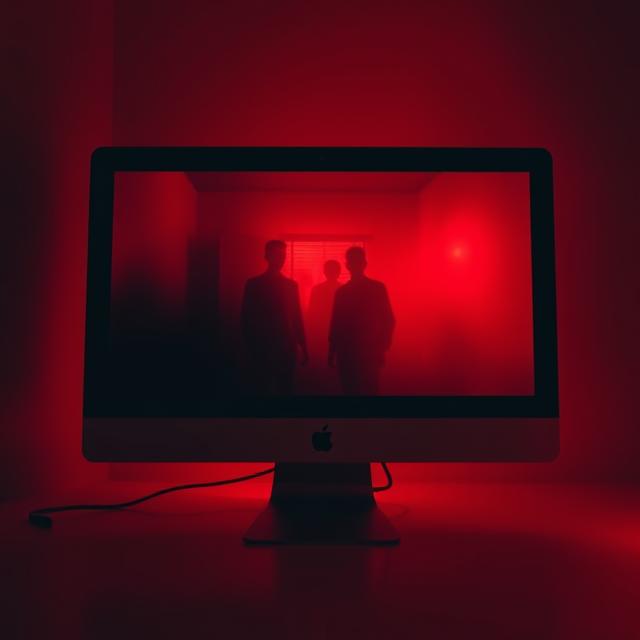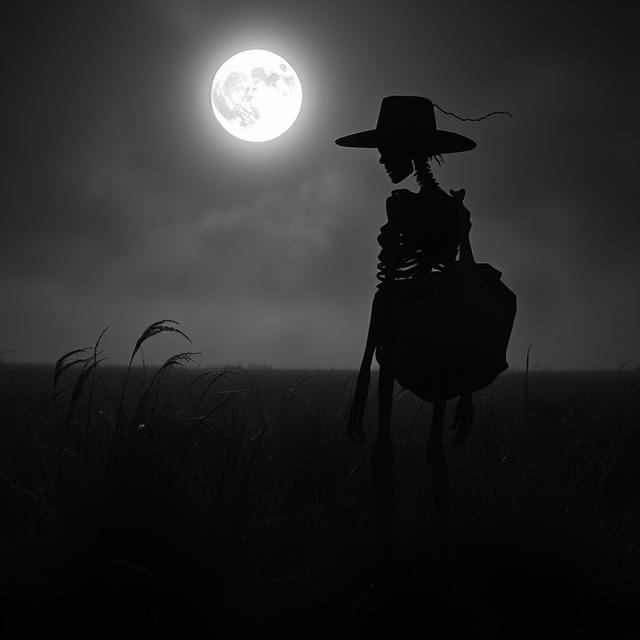The flickering candlelight casts dancing shadows across the bathroom mirror, each glimmer amplifying the nervous anticipation. A hushed whisper breaks the silence, “Bloody Mary,” repeated three times, or perhaps thirteen, depending on the version of the dare. The air thickens with a primal fear, a childhood ritual steeped in the promise of a spectral encounter. But beyond the slumber party fright and the urban legend, what lies at the heart of the Bloody Mary myth? Is it merely a spooky game, or does it tap into something deeper, something perhaps rooted in historical tragedy, psychological phenomena, or even the lingering echoes of the supernatural? Join us as we peer beyond the reflective surface and delve into the murky depths of the Bloody Mary legend, exploring why the mirror might not be as safe as it seems.
The legend of Bloody Mary is pervasive across cultures, a chilling tale whispered in schoolyards and shared during late-night gatherings. While the specifics might vary, the core elements remain consistent: a ritual involving a mirror, often in a darkened room, and the repeated invocation of “Bloody Mary,” which supposedly summons a malevolent spirit. This spectral figure is often depicted as a vengeful woman, sometimes associated with a tragic death or a dark deed. Those who dare to perform the ritual risk witnessing her terrifying visage, being scratched, or even being pulled into the mirror’s ethereal realm.
But who is this Bloody Mary? The name itself immediately conjures historical associations, most notably with Mary I of England, the 16th-century queen known for her brutal persecution of Protestants, earning her the grim moniker “Bloody Mary.” While this historical figure is a compelling candidate for the legend’s namesake, the connection is not definitive, and other theories abound.
Mary I’s reign was indeed marked by bloodshed. Her fervent Catholicism led to the execution of numerous Protestants, earning her a place in history as a figure of fear and religious extremism. Could the legend of a vengeful “Bloody Mary” summoned through a ritualistic act be a distorted echo of the fear and loathing she inspired? It’s a tantalizing possibility, especially considering the historical context of superstitions and folklore often intertwining with real-world anxieties.
However, other potential origins for the Bloody Mary legend exist. Some folklorists suggest connections to various local legends of female spirits or witches, often associated with mirrors as portals or tools for divination. Mirrors have long held a mystical significance across cultures, seen as gateways to other realms, reflections of the soul, or even devices for scrying the future. It’s not surprising, then, that a legend involving a summoned spirit would center around such an object.
Another theory links Bloody Mary to stories of women who met tragic ends, perhaps dying in front of a mirror or whose spirits became trapped within one. These tales often involve themes of injustice, lost beauty, or unfinished business, with the summoned spirit seeking either vengeance or recognition.
The ritual itself – the darkened room, the candlelight, the repetitive chanting – is designed to create a heightened state of suggestibility. The low light and the focused gaze into the mirror can play tricks on the eyes, leading to pareidolia, the phenomenon of seeing patterns or faces in random stimuli. The anticipation and the fear of what might appear can further amplify these visual distortions, making it easy for the mind to conjure a terrifying image.
Psychological factors likely play a significant role in the Bloody Mary phenomenon. The power of suggestion, coupled with the primal fear of the unknown and the thrill of the forbidden, can create a powerful shared experience, especially among groups of adolescents. The ritual becomes a self-fulfilling prophecy, where the expectation of seeing something scary can lead individuals to interpret fleeting shadows or their own reflections in a distorted way.
Furthermore, the mirror itself can be a source of unease in a darkened room. Without clear points of reference, our perception of our own reflection can become distorted, making familiar features seem alien or menacing. This disorientation, combined with the anticipation of a supernatural encounter, can contribute to the feeling that something otherworldly is present.
The different variations of the summoning ritual also add to the legend’s mystique. Some versions require chanting “Bloody Mary” a specific number of times, while others involve turning around or focusing intently on the reflection. These variations highlight the fluid nature of folklore, evolving and adapting as it is passed down through generations.
Could there be any historical basis for a “Bloody Mary” associated with mirrors beyond Queen Mary I? Folklore often blends historical figures with local legends and superstitions. Perhaps there were tales of women who used mirrors in dark magic or who suffered tragic fates involving these reflective surfaces, their stories eventually merging into the composite figure of Bloody Mary.
The fear of mirrors themselves is also an interesting aspect to consider. In some cultures, mirrors are covered after a death, lest the soul of the deceased become trapped within. This ancient belief speaks to the idea of mirrors as liminal spaces, boundaries between worlds. The Bloody Mary legend might tap into this inherent unease surrounding these reflective objects.
The enduring popularity of the Bloody Mary legend speaks to our fascination with the macabre and the supernatural. It’s a relatively harmless way to flirt with fear, a rite of passage for many young people exploring the boundaries between reality and the imagined. Yet, the persistence of the tale across time and cultures suggests that it might resonate with deeper, more primal anxieties.
Whether Bloody Mary is a historical echo, a manifestation of psychological phenomena, or something altogether more mysterious, the act of standing before a darkened mirror and invoking her name continues to send shivers down spines. The legend serves as a potent reminder of the power of belief, the suggestibility of the human mind, and the enduring allure of the spectral. So, the next time you find yourself before a mirror in the dead of night, perhaps think twice before uttering those fateful words. You never know what might be looking back. The mirror, after all, might not be safe.
Want to explore the shadows even deeper? For more chilling cases like this, visit SinisterArchive.com, where the legends are real.




